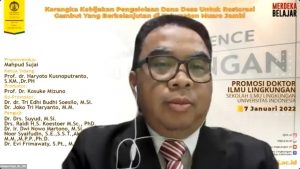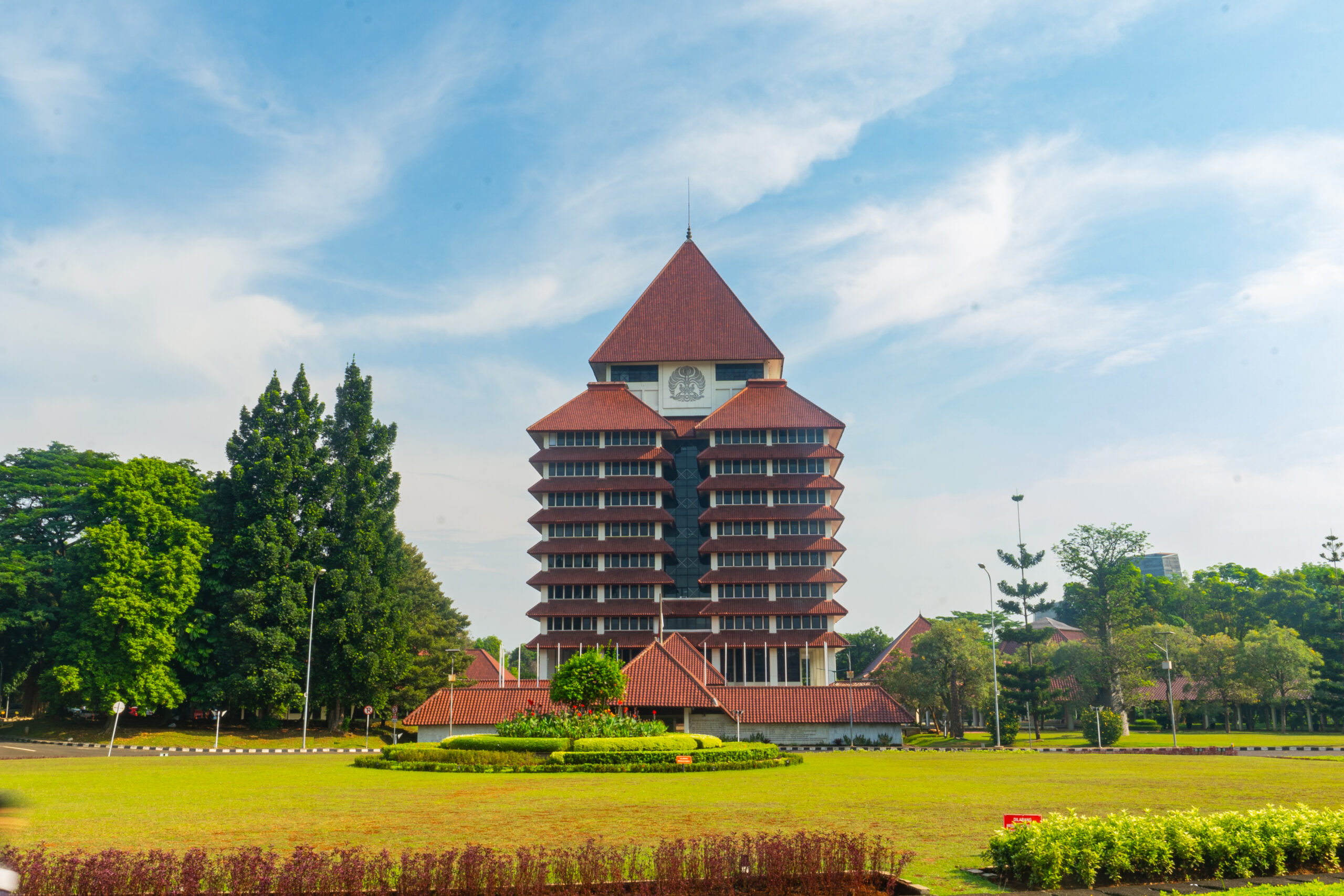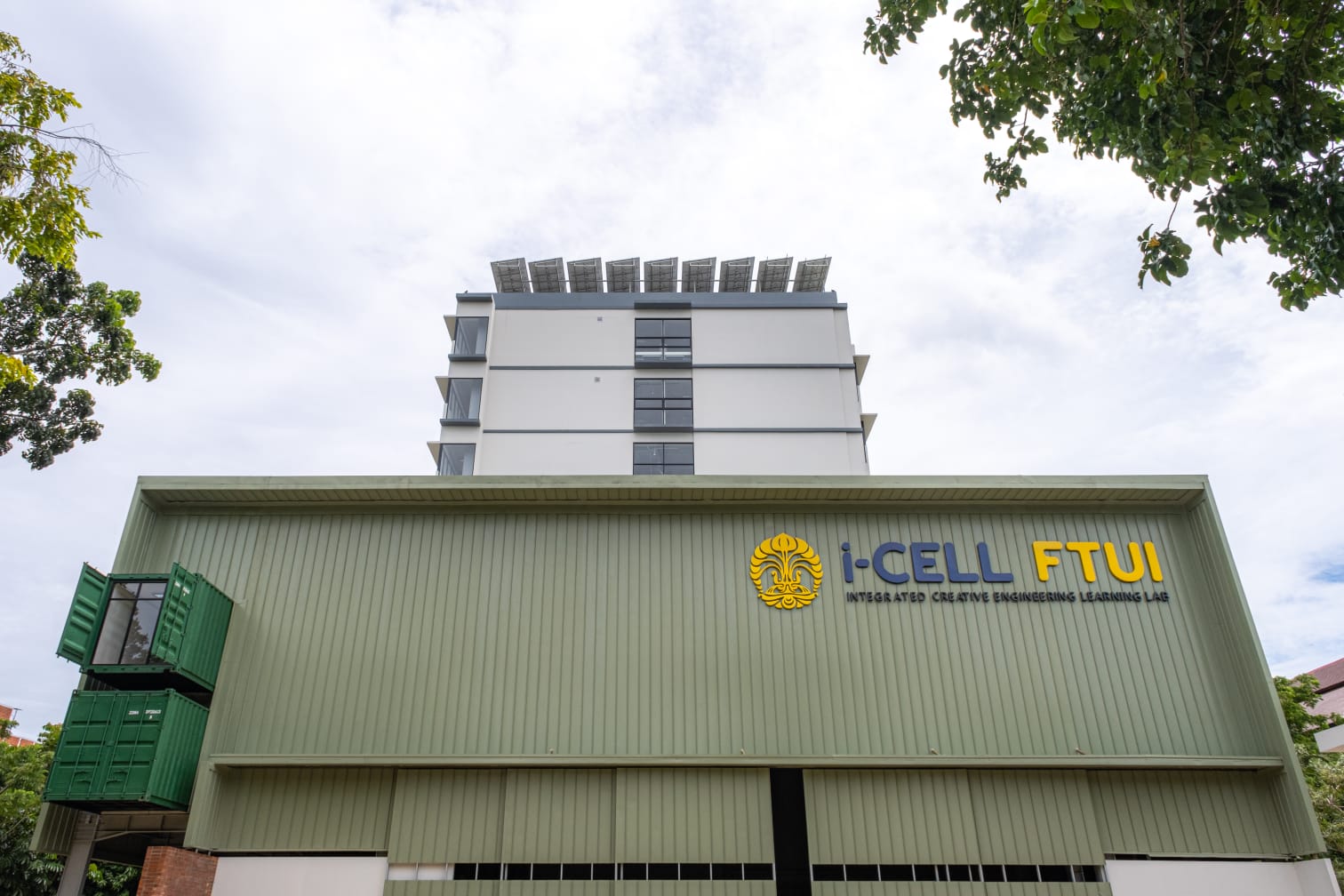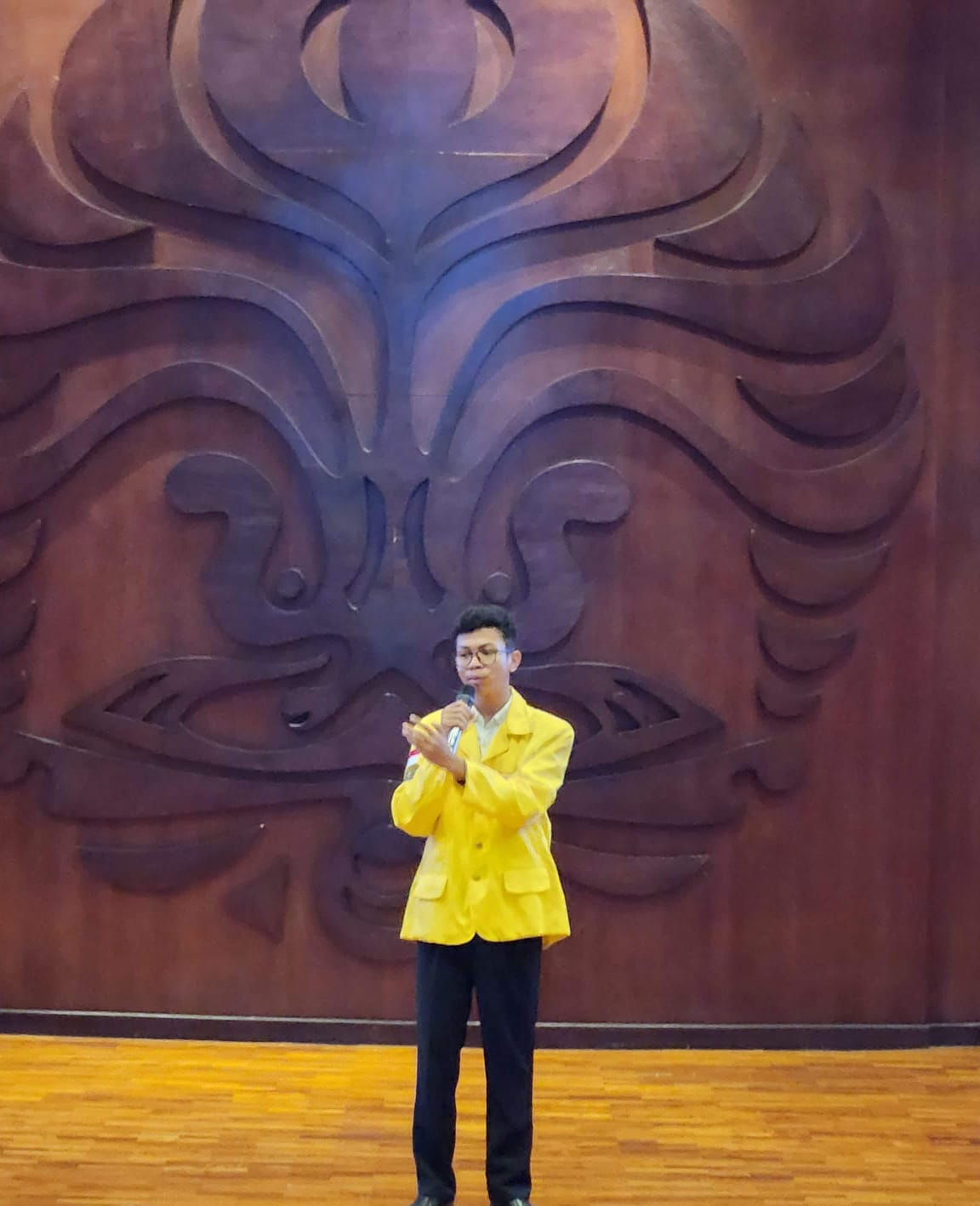
Peatlands in Indonesia are the largest among tropical countries in the world. Of the 40.2 million wetlands in Indonesia, an estimated 20.6 million hectares are peatlands.
Peatlands in the tropics, including Indonesia, can be a source of greenhouse gas emissions and cause severe environmental damage and natural disasters, especially forest fires and drought. Forest fires due to peatland destruction occur almost every year, especially during the dry season.
Jambi Province is one of the areas most severely affected by fire disasters. A study conducted by the World Bank in 2018 showed that peatland destruction in Jambi is a result of the conversion of peat forests into plantations.
To reduce the impact of this damage, peat restoration needs to be carried out, including mapping peat, determining the type, actors and timeframe for restoration implementation, rewetting peat, planting peatlands (revegetation), and empowering local communities. Peat restoration is costly and sustainable, requiring a variety of alternative financing sources to fund the program. The village fund is one of the potential sources of financing that can be allocated for this program.
This was conveyed by Mahpud Sujai in his dissertation presentation entitled “Policy Framework for Village Fund Management for Sustainable Peat Restoration (Case Study in Muaro Jambi Regency, Jambi Province)” at an open doctoral promotion session held by the Environmental Science Study Program, School of Environmental Sciences, Universitas Indonesia (SES UI).
Based on the results of research conducted by Mahpud, most people agree with the implementation of the peat restoration program and agree with the use of village funds for the benefit of the peat restoration program. Furthermore, the benefits of the peat restoration program are considered greater than the costs incurred.
Finally, the policy framework involves two levels of government, at the district level and at the village level. Each level of government has an important function and role in implementing peat restoration at the village level.
The doctoral promotion session was chaired by Dr. Drs. Suyud Warno Utomo, M.Si., with supervisors, Prof. Dr. Kosuke Mizuno (Promoter), Dr. dr. Tri Edhi Budhi Soesilo. M.Si (Co-Promoter 1), and Dr. Joko Tri Haryanto, M.E. (Co-Promoter 2). The examiners in the trial were Dr. Ir. Dwi Nowo Martono, M.Si., Drs. Raldy Hendrotoro T. Koestoer. M.Sc. PhD, Dr. Noor Syaifuddin, MPP, and Dr. Evi Frimawaty, M.Si.
On the other hand, the results of this study can also serve as recommendations in the implementation of peatland restoration by utilizing village funds. The costs incurred for the peat restoration program are considered smaller than the benefits obtained. In addition, a policy framework needs to be developed
A new approach that accommodates community opinions on the basis of a bottom-up approach in the decision-making process of allocating and utilizing village funds.
The novelty of this research is the development of a new approach in the preparation of a policy framework for managing village funds so that it will be more effective and beneficial for the allocation and utilization of village funds and can be implemented in villages with peat village characteristics in Indonesia.
Author: Maudisha AR | Editor: Mariana Sumanti



